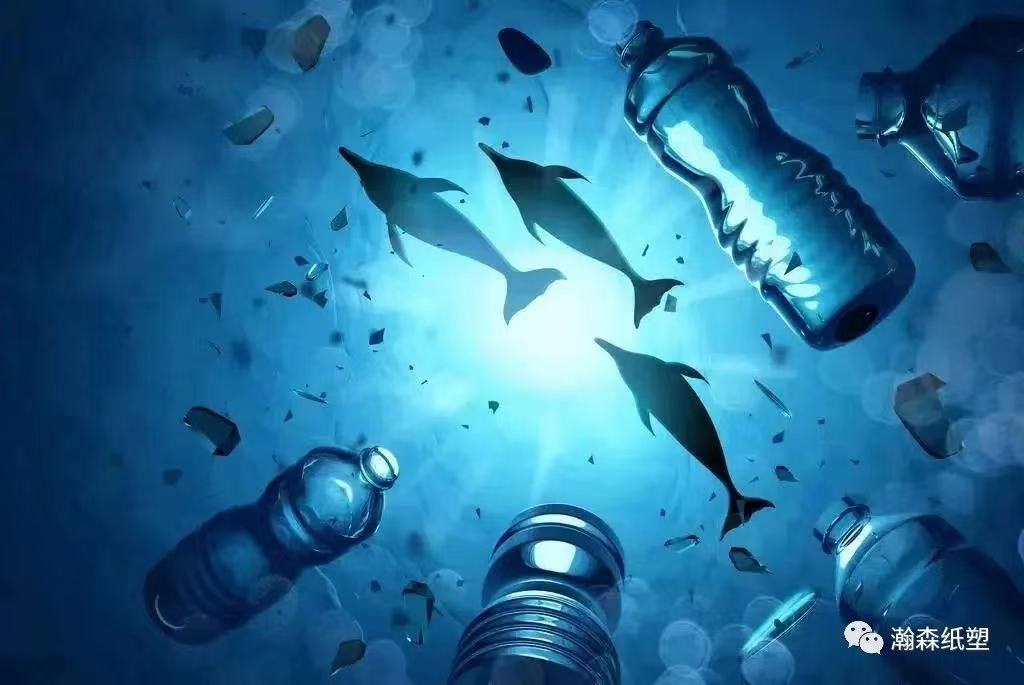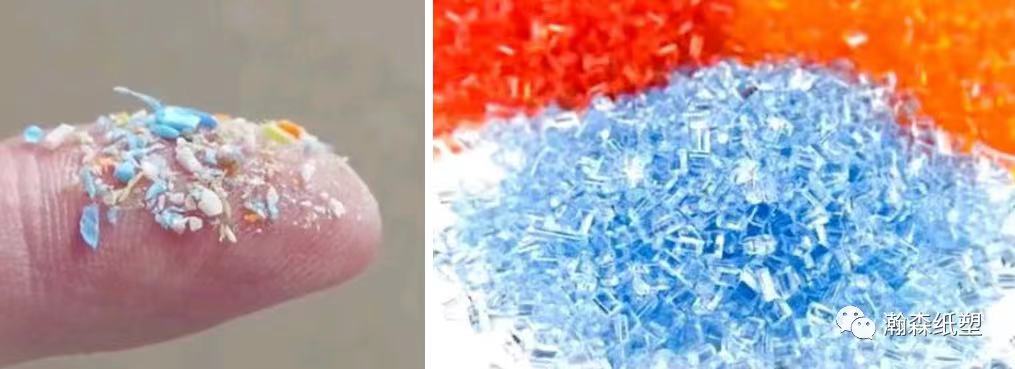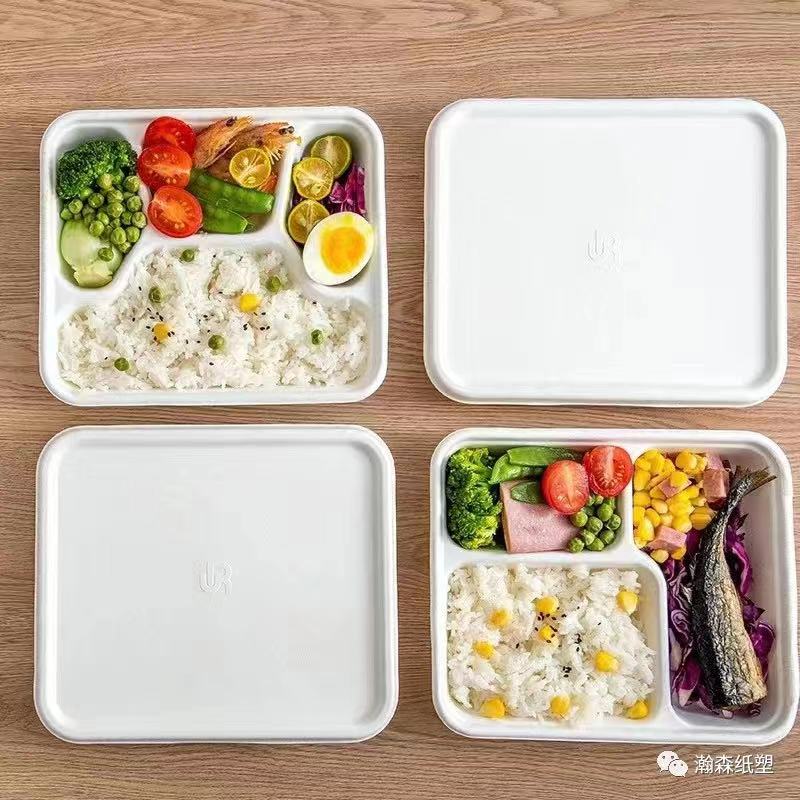The Impact of Microplastics on the Ecological Environment and Human Health
Since Richard Thompson of the University of Plymouth in the United Kingdom proposed the concept of microplastics in an article published in Science in 2004, this issue has attracted widespread attention from all walks of life around the world. With the development of science and technology and the increase of human activities, the widespread existence of microplastics in the ocean environment has become a problem that cannot be ignored.
 According to statistics, about 8 million tons of plastic waste enter the ocean every year around the world, of which about 8% are microplastics. These plastic particles have a huge impact on ocean ecosystems and human health. For example, a study found that sea turtles could develop digestive problems and even die after eating microplastics; human ingestion of fish containing microplastics may also cause health problems. Therefore, we need to take action to reduce microplastic pollution and protect our planet and ecological environment.
According to statistics, about 8 million tons of plastic waste enter the ocean every year around the world, of which about 8% are microplastics. These plastic particles have a huge impact on ocean ecosystems and human health. For example, a study found that sea turtles could develop digestive problems and even die after eating microplastics; human ingestion of fish containing microplastics may also cause health problems. Therefore, we need to take action to reduce microplastic pollution and protect our planet and ecological environment.
 organizations have taken a series of measures. For example, the European Union issued a regulation banning the use of disposable plastic products in 2019, requiring member states to reduce the use of disposable plastic products to zero befor 2025; at the same time, China is also strengthening plastic waste classification and recycling work.
organizations have taken a series of measures. For example, the European Union issued a regulation banning the use of disposable plastic products in 2019, requiring member states to reduce the use of disposable plastic products to zero befor 2025; at the same time, China is also strengthening plastic waste classification and recycling work.
 In addition, individuals can also start from themselves, bring their own tableware and cups when going out, avoid using disposable tableware and drink cups, and use reusable water bottles, shopping bags, etc to instead of disposable plastic products;use environmentally friendly cleaners and cosmetics at home, try to reduce the use of plastic products in life, and use degradable plastic products to replace traditional non-degradable plastic products, such as pulp molded products.
In addition, individuals can also start from themselves, bring their own tableware and cups when going out, avoid using disposable tableware and drink cups, and use reusable water bottles, shopping bags, etc to instead of disposable plastic products;use environmentally friendly cleaners and cosmetics at home, try to reduce the use of plastic products in life, and use degradable plastic products to replace traditional non-degradable plastic products, such as pulp molded products.
 Pulp molded products are custom molded by pulp molding equipment. It is made of bagasse, bamboo fiber, wood fiber, wheat straw, reed, straw and other herbaceous plant fibers as raw materials, and is produced through one-stop production lines such as pulping, grouting (or suction), molding, shaping, trimming, disinfection, and packaging.
Hanson pulp molding solves the problems of difficult access to raw materials and high cost. It adopts a one-stop customized and intelligent pulp molding solution. Due to its environmental protection characteristics and degradability, and its environmental protection, high quality, low price, and wide range of applications, it has been favored by more and more consumers in recent years.
Microplastic pollution is a global problem that requires the joint efforts of the whole society to solve it. Only through the cooperation of the government, enterprises and individuals can we protect our earth and ecological environment and make our future better.
Pulp molded products are custom molded by pulp molding equipment. It is made of bagasse, bamboo fiber, wood fiber, wheat straw, reed, straw and other herbaceous plant fibers as raw materials, and is produced through one-stop production lines such as pulping, grouting (or suction), molding, shaping, trimming, disinfection, and packaging.
Hanson pulp molding solves the problems of difficult access to raw materials and high cost. It adopts a one-stop customized and intelligent pulp molding solution. Due to its environmental protection characteristics and degradability, and its environmental protection, high quality, low price, and wide range of applications, it has been favored by more and more consumers in recent years.
Microplastic pollution is a global problem that requires the joint efforts of the whole society to solve it. Only through the cooperation of the government, enterprises and individuals can we protect our earth and ecological environment and make our future better.
 According to statistics, about 8 million tons of plastic waste enter the ocean every year around the world, of which about 8% are microplastics. These plastic particles have a huge impact on ocean ecosystems and human health. For example, a study found that sea turtles could develop digestive problems and even die after eating microplastics; human ingestion of fish containing microplastics may also cause health problems. Therefore, we need to take action to reduce microplastic pollution and protect our planet and ecological environment.
According to statistics, about 8 million tons of plastic waste enter the ocean every year around the world, of which about 8% are microplastics. These plastic particles have a huge impact on ocean ecosystems and human health. For example, a study found that sea turtles could develop digestive problems and even die after eating microplastics; human ingestion of fish containing microplastics may also cause health problems. Therefore, we need to take action to reduce microplastic pollution and protect our planet and ecological environment.
 organizations have taken a series of measures. For example, the European Union issued a regulation banning the use of disposable plastic products in 2019, requiring member states to reduce the use of disposable plastic products to zero befor 2025; at the same time, China is also strengthening plastic waste classification and recycling work.
organizations have taken a series of measures. For example, the European Union issued a regulation banning the use of disposable plastic products in 2019, requiring member states to reduce the use of disposable plastic products to zero befor 2025; at the same time, China is also strengthening plastic waste classification and recycling work.
 In addition, individuals can also start from themselves, bring their own tableware and cups when going out, avoid using disposable tableware and drink cups, and use reusable water bottles, shopping bags, etc to instead of disposable plastic products;use environmentally friendly cleaners and cosmetics at home, try to reduce the use of plastic products in life, and use degradable plastic products to replace traditional non-degradable plastic products, such as pulp molded products.
In addition, individuals can also start from themselves, bring their own tableware and cups when going out, avoid using disposable tableware and drink cups, and use reusable water bottles, shopping bags, etc to instead of disposable plastic products;use environmentally friendly cleaners and cosmetics at home, try to reduce the use of plastic products in life, and use degradable plastic products to replace traditional non-degradable plastic products, such as pulp molded products.
 Pulp molded products are custom molded by pulp molding equipment. It is made of bagasse, bamboo fiber, wood fiber, wheat straw, reed, straw and other herbaceous plant fibers as raw materials, and is produced through one-stop production lines such as pulping, grouting (or suction), molding, shaping, trimming, disinfection, and packaging.
Hanson pulp molding solves the problems of difficult access to raw materials and high cost. It adopts a one-stop customized and intelligent pulp molding solution. Due to its environmental protection characteristics and degradability, and its environmental protection, high quality, low price, and wide range of applications, it has been favored by more and more consumers in recent years.
Microplastic pollution is a global problem that requires the joint efforts of the whole society to solve it. Only through the cooperation of the government, enterprises and individuals can we protect our earth and ecological environment and make our future better.
Pulp molded products are custom molded by pulp molding equipment. It is made of bagasse, bamboo fiber, wood fiber, wheat straw, reed, straw and other herbaceous plant fibers as raw materials, and is produced through one-stop production lines such as pulping, grouting (or suction), molding, shaping, trimming, disinfection, and packaging.
Hanson pulp molding solves the problems of difficult access to raw materials and high cost. It adopts a one-stop customized and intelligent pulp molding solution. Due to its environmental protection characteristics and degradability, and its environmental protection, high quality, low price, and wide range of applications, it has been favored by more and more consumers in recent years.
Microplastic pollution is a global problem that requires the joint efforts of the whole society to solve it. Only through the cooperation of the government, enterprises and individuals can we protect our earth and ecological environment and make our future better. 
